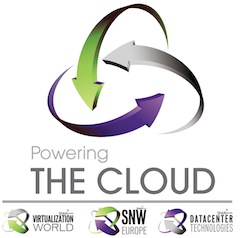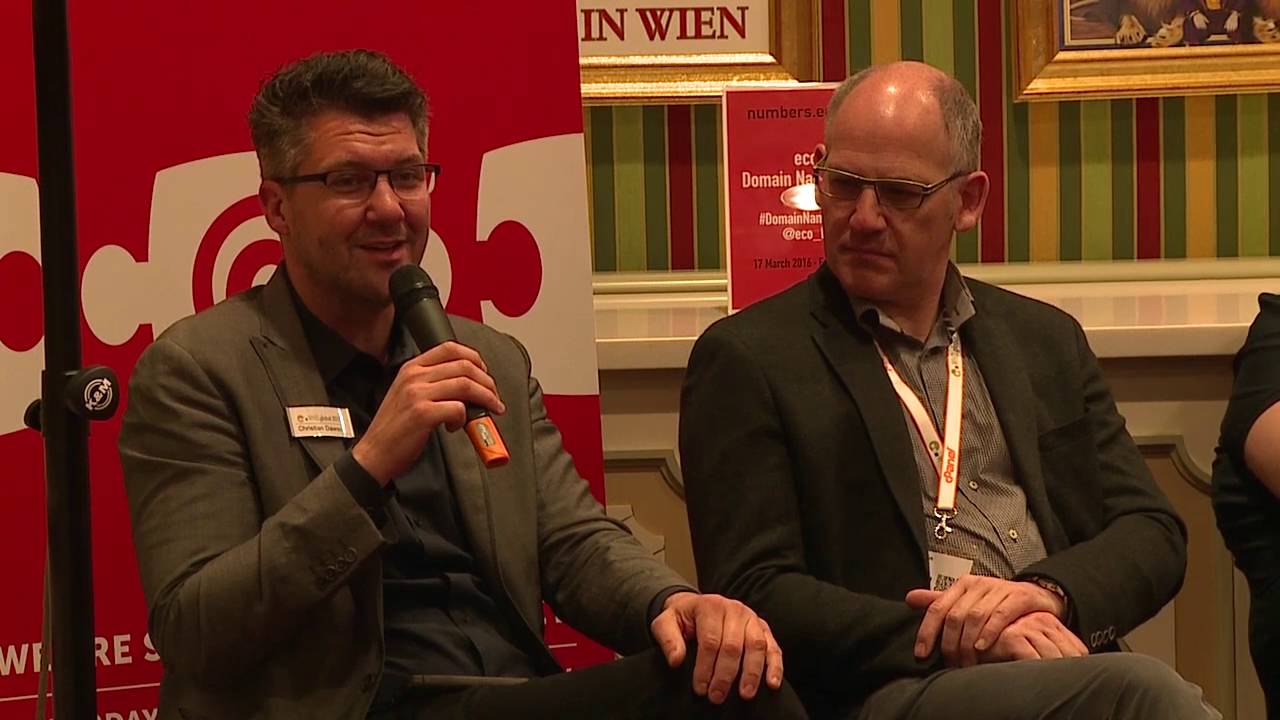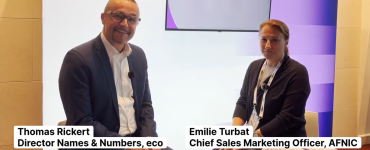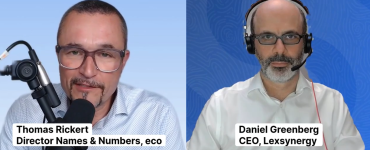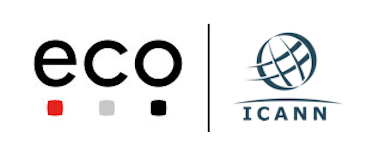eco Domain Name Talks at WHD.global 2016
Universal Acceptance was the topic of eco’s first panel session on 17 March at WHD.global. After a video explanation by Ram Mohan from Afilias, a lively panel discussion began, co-moderated by eco’s Lars Steffen and Christian Dawson from i2Coalition, and including Bert Hubert from PowerDNS, Peter Janssen from EURid, and Werner Staub from CORE.
Universal Acceptance remains a problem world-wide, according to the panel, not only for the new Internationalized Domain Names (IDNs), but also for many of the new generic Top-Level Domains – especially those longer than three characters. The Universal Acceptance Steering Group’s (UASG) own domain – www.UASG.tech – for example, is regularly rejected by portals and email clients as being an invalid address. As a result of being a 4-character TLD. Scripts that read from right to left also pose a major challenge. In fact, according to Lars Steffen, the UASG’s survey of UA-ready portals found only one single portal which is fully capable of accepting all of the new and potential domains: myspace.com. Clearly, there is still work to be done.
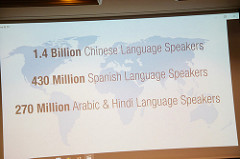
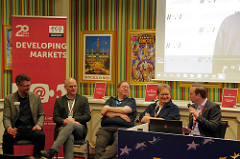
While Bert Hubert emphasized and reiterated throughout the session that UA is “not difficult” for software engineers to ensure readiness and acceptance of Unicode characters, he did end up conceding that some issues are complicated.
One of those, an issue raised by Peter Janssen from EURid – the registry for the .eu top-level domain – is actually not a technical problem so much as a redundancy problem resulting from the introduction of new Unicode international characters. Until recently, hardly any language-specific special characters were permissible in the second or top levels of domain names, which meant that certain consonants or vowels needed to be transliterated using the basic Latin alphabet. He gave the example of the German “Eszett” or “sharp s” (ß), which was represented by -ss-. When the Eszett became available in the Domain Name System, EURid took the decision to allow a domain name to be registered using either ß or ss, but not both – when one spelling is registered, then the other becomes permanently unavailable. Otherwise, competing companies could have near-identical URLs and customers wouldn’t know which web page they have landed on – or worse, the alternate spelling could be used for abusive purposes. This is also be the case with many other phonemes – like the final sigma in Greek, for example – and will increase as the further IDNs are launched.
eco session at WHD – Domain Name Talks
- Building Towards Tomorrow’s Internet:
Fixing IDNs, EAI & Universal Acceptance - brandTLDs – The Great Unkowns
- geoTLDs – Added Value for Regions, Cities & Companies?
eco session at WHD – Doing Business in Germany…
- German Business Culture: Do’s and Don’ts
- German Business Culture: Dealing with the Law
- Surveillance in a Digital Society
- Market Consolidation: The German Data Center Market
- Outlook for the German Internet Industry –
Organic & Inorganic Growth Opportunities for Hosting Companies
You want to learn more about Universal Acceptance?
We have a Podcast about UA here.
Photos of the WHD.global sessions can be found here.
